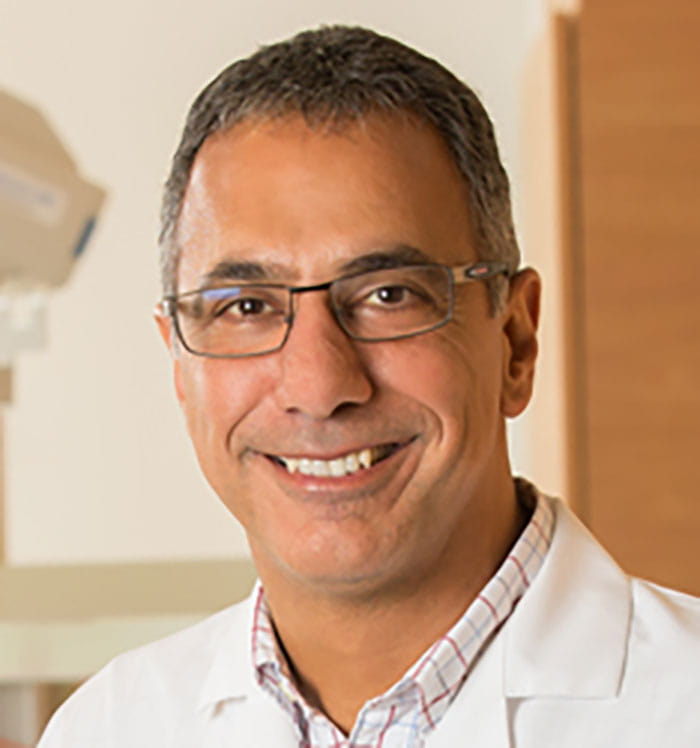Multiple Choices for GERD: What's in a Name
May 31, 2018
Some thoughts from UH Digestive Health Institute Director John Dumot, DO, FASGE
Digestive Health Institute - Summer 2018
 John Dumot, DO
John Dumot, DOLast month, John Dumot, DO, FASGE, Director, University Hospitals Digestive Health Institute, University Hospitals; Professor of Medicine, Case Western Reserve University School of Medicine, shared a new non-endoscopic screening method for Barrett's esophagus that uses a swallowable, inflatable balloon. This method presents an easy, cost-effective way to check for Barrett's and esophageal cancer.
About 10 percent of people with gastroesophageal reflux disease (GERD) develop Barrett's esophagus; however, about 20 percent of people in North America have GERD. Lifestyle changes and medication help relieve GERD symptoms for many. For those who continue to experience GERD symptoms, UH Digestive Health Institute offers four unique treatment options:
Laparoscopic Nissen fundoplication (LNF)
- LNF in combination with a hiatal hernia repair is arguably the most common surgical approach to treat GERD. The minimally invasive procedure restores barrier previously provided by the lower esophageal sphincter (LES) function by wrapping the stomach around the esophagus. This creates a new functional valve between the esophagus and the stomach to prevent reflux. Patients with typical GERD symptoms (heartburn and regurgitation) who respond well to antacids and have a positive esophageal pH test respond favorably to LNF. UH Digestive Health Institute surgeons have extensive experience in choosing the right patients for LNF and achieving excellent outcomes.
LINX
- UH Digestive Health Institute is the first center in Northeast Ohio to offer the LINX® Reflux Management System, a new, FDA-approved GERD treatment for patients with LES dysfunction. During the procedure, a surgeon implants the LINX device — which resembles a magnetic bracelet — laparoscopically. The surgery takes about an hour and usually provides immediate relief.
Transoral incisionless fundoplication (TIF)
- TIF is a minimally invasive GERD procedure performed with endoscopy. Rather than using laparoscopy or open incisions, the specialized stapling device enters the patient's stomach through the mouth. The goal of the procedure is to implant fasteners at the uppermost region of the stomach. In several studies, most patients could stop taking proton pump inhibitor medication.
Antireflux mucosectomy (ARMS)
- ARMS is a brand-new endoscopic procedure that involves no artificial devices or prostheses left in situ. UH physicians have a special interest in this procedure — so much so that Jeffrey Marks, MD, Director of Surgical Endoscopy, recently traveled to Japan to learn more about the procedure.
Whatever the acronym, UH is one of the few hospitals in the country that offers LINX, TIF and ARMS as alternatives to LNF.
We evaluate each patient thoroughly to determine which procedure, if any, is right for the patient. Before we start talking about treatment options, we need to make sure the patient truly has GERD. What a patient believes and what tests show don't always match. UH Digestive Health Institute specialists follow strict criteria to confirm acid reflux and its correlation to symptoms.
At University Hospitals, we have many options for diagnosing and treating GERD. The proper course depends on an individual's age, health history, extent and severity of the condition, and other factors. A thoughtful consultation and evaluation is key to ensuring patients receive the best possible outcomes, so they can go on to live healthy, quality lives.
For more information about these unique GERD treatment options, email us at Digestive.Health@UHhospitals.org.


